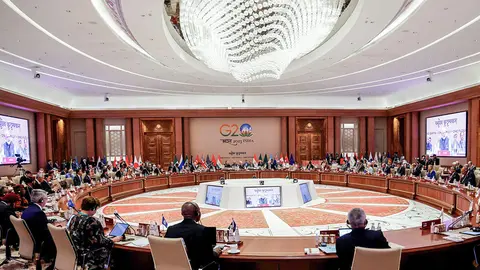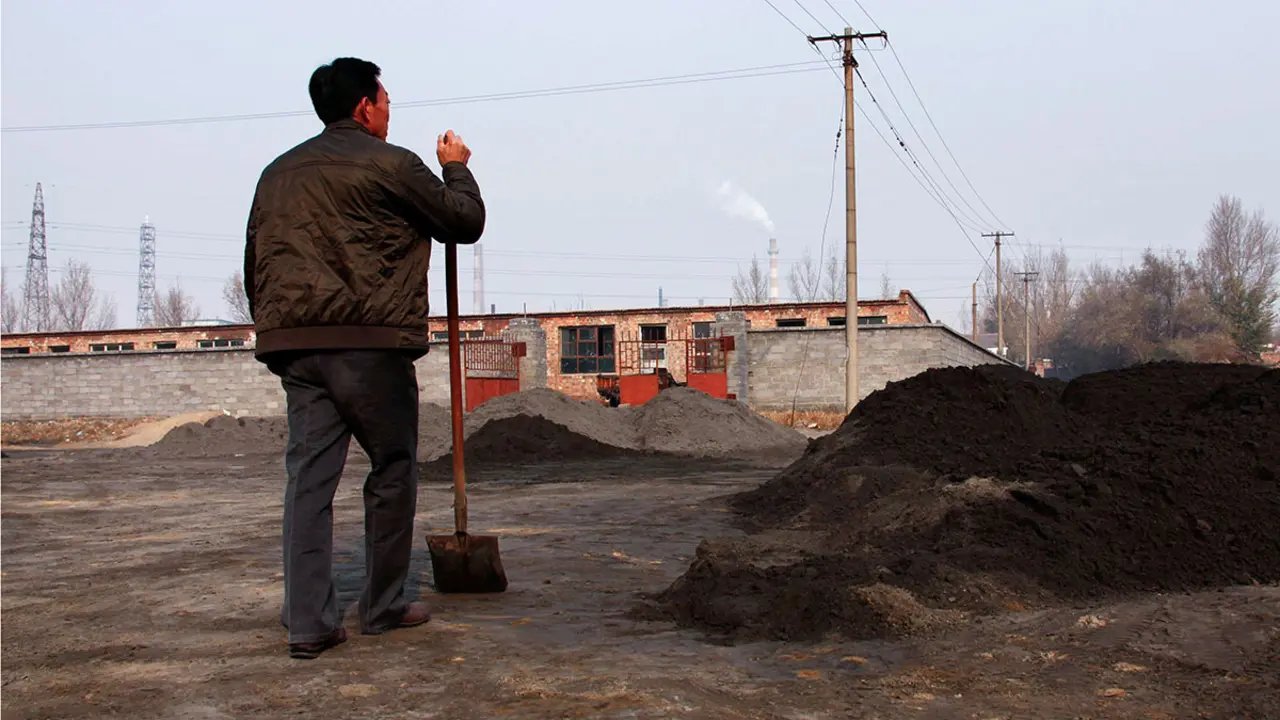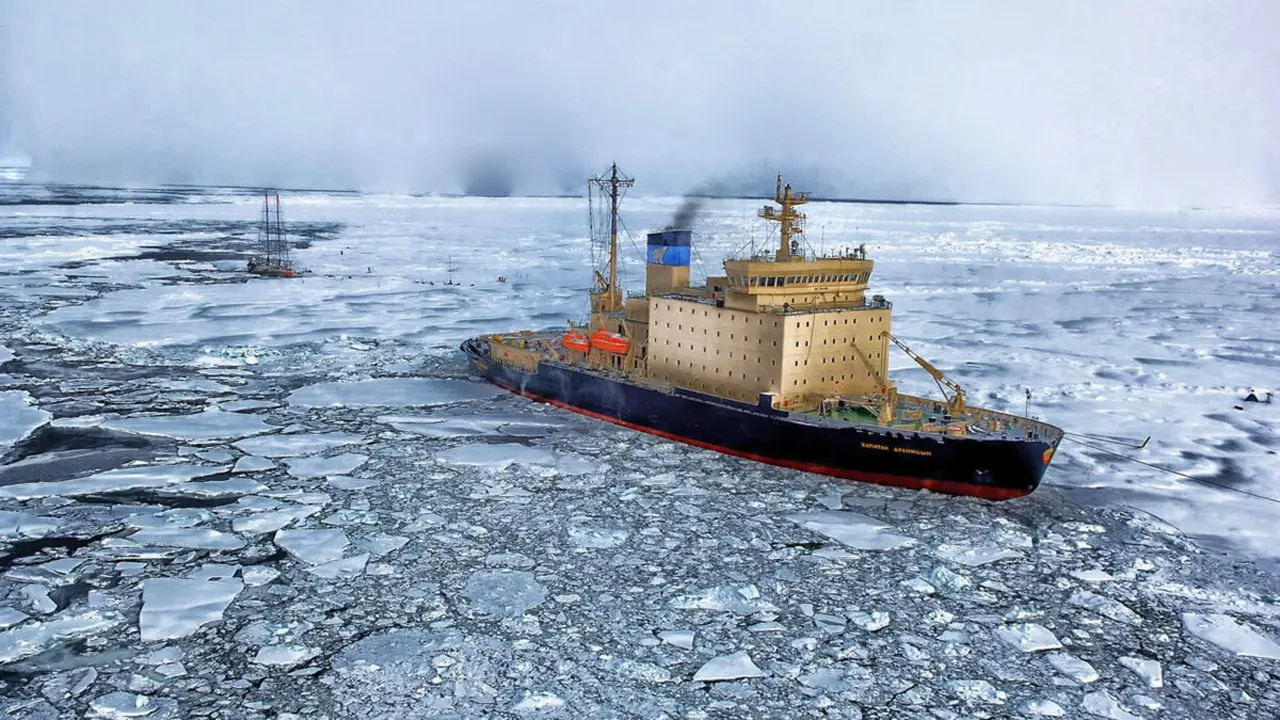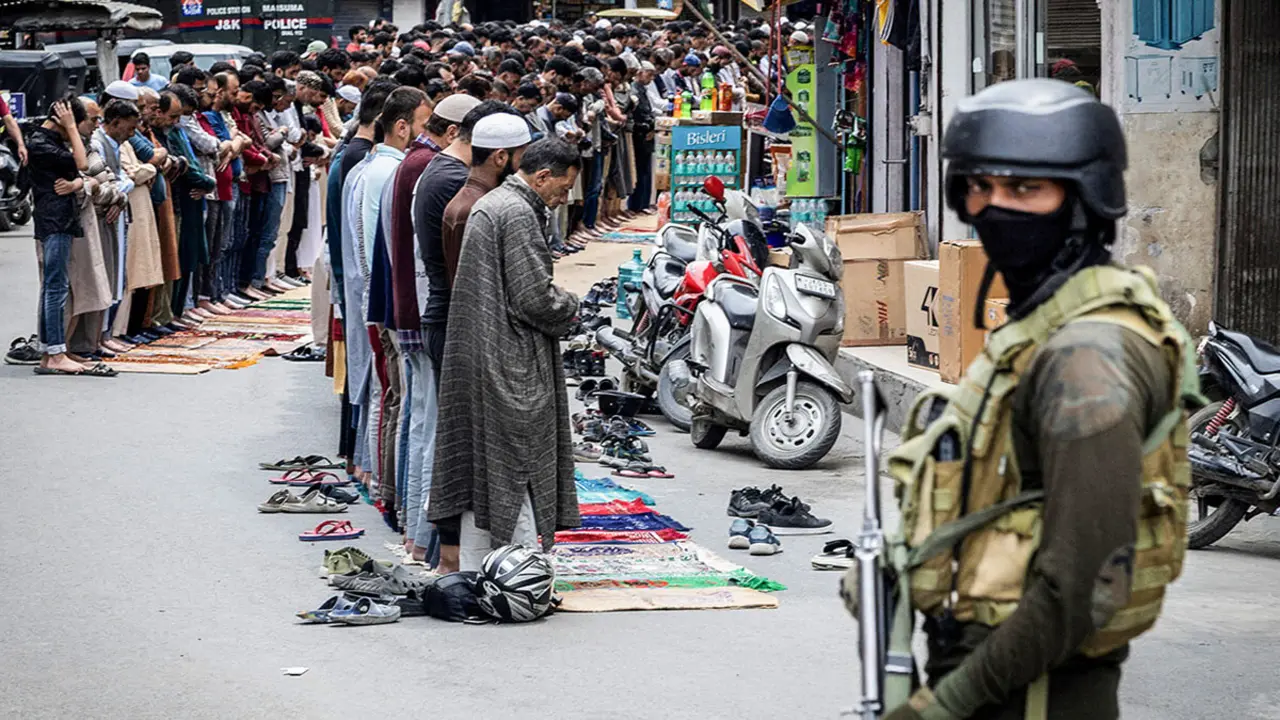India, a change of course
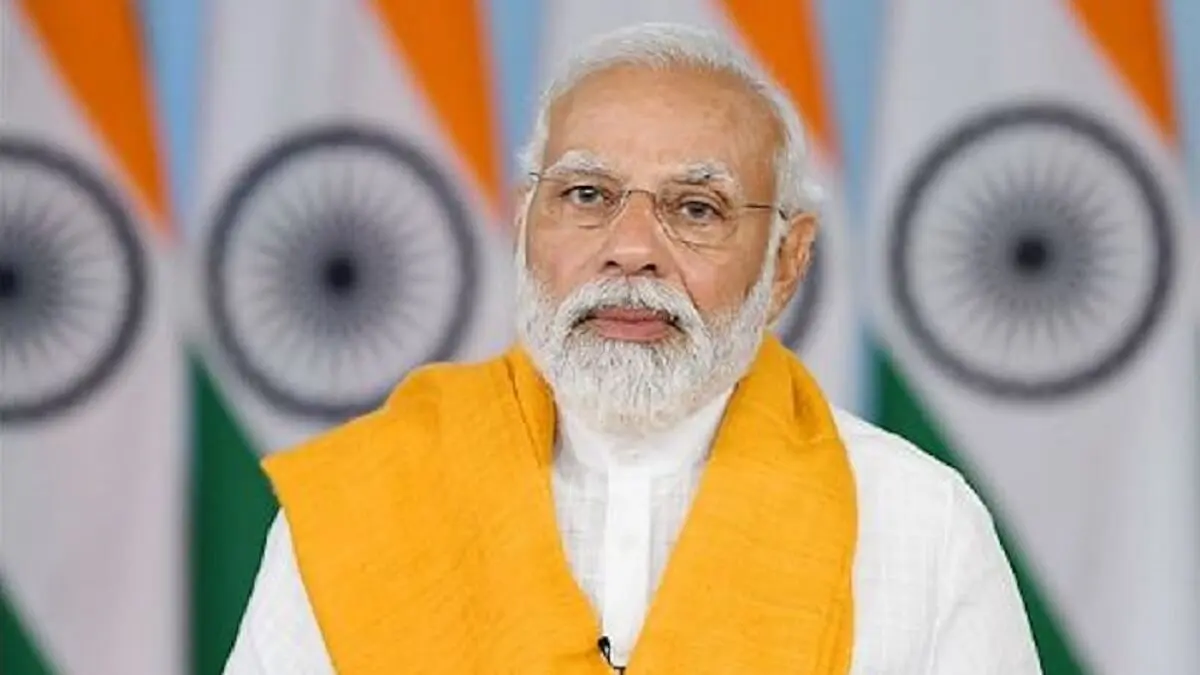
When dealing with issues related to geopolitics, it is very easy to unintentionally fall into the biases we all have. And this is perfectly normal, since our origin, ideology, education and personal experiences always, in one way or another, condition us. However, it is also a common mistake to consider anyone who tries to tackle issues from a point of view that is even contrary to their own as a supporter of that position. And nothing could be further from the truth. It is a very useful exercise to try to understand the different conflicts, actions and positions by trying to understand the reasoning of all those involved, as this is the only way to achieve a more accurate interpretation.
And in today's case, this approach is particularly advantageous.
The world is currently in a phase where old and new contradictions intersect and influence each other. International conflicts are intensifying. The United States is shifting its strategic focus to the Pacific region, populisms of all kinds are on the rise, the international trading system is fracturing, and global problems and challenges continue to grow. All of this points to the essentials of a thorough examination of this complex international situation and the need for a thorough understanding of the new features of the changing world order.
For China, the US strategy in the Indo-Pacific region is accelerating its eastward shift, rallying allies traditionally close to China around its position, increasing containment vis-à-vis Beijing, and encouraging the spread of extreme nationalism, which, in the current context of international tension, marked mainly by the war in Ukraine and the conflict in Israel, creates a scenario of global uncertainty and stimulates feelings of confrontation. For the Asian giant, the United States and Europe are seeking to establish new trade rules, attempting to exclude China from strategic supply chains, which, in its view, increases the risks to the global economic system. Beijing's vision is based on the conviction that the world's development depends primarily on China's development. This instinct for survival and progress awakens in China a strong sense of independence and autonomy that leads to the development of new systems, markets and supply chains. The Chinese vision is of a world tending towards a stable state of ‘dual polarity’, which is interesting as a concept because it excludes Russia from the equation, i.e. it considers its role to be amortised after the resolution of the Ukraine conflict, whatever it may be. In this worldview China and the US are mutually interdependent, they need to strengthen their cooperation, and their policies have an irreplaceable impact on the global socio-economic and political order. To this end, both need to enhance their strategic vision, maintain constructive dialogue and attach great importance to long-term expertise in order to make steady progress.
For China, the key, despite the turbulent situation, is to focus on its own affairs. These are currently purely economic in nature, expanding what is known as ‘soft power’, and military development. In his view, and applying the principle that ‘where there is a problem, there is always an opportunity’, the situation in Europe may disrupt the US strategy of moving eastwards, potentially widening the window of strategic opportunity for China. Beijing values its ability to keep its homeland peaceful, secure and strong, and does not miss the opportunity to seize opportunities to deepen certain reforms and pursue stable development, while accelerating the improvement of infrastructure and mechanisms for its development and modernisation. China adheres to the principles of indivisible destiny, security and territory and is doing its utmost to seek ‘peaceful’ solutions to problems for the time being.
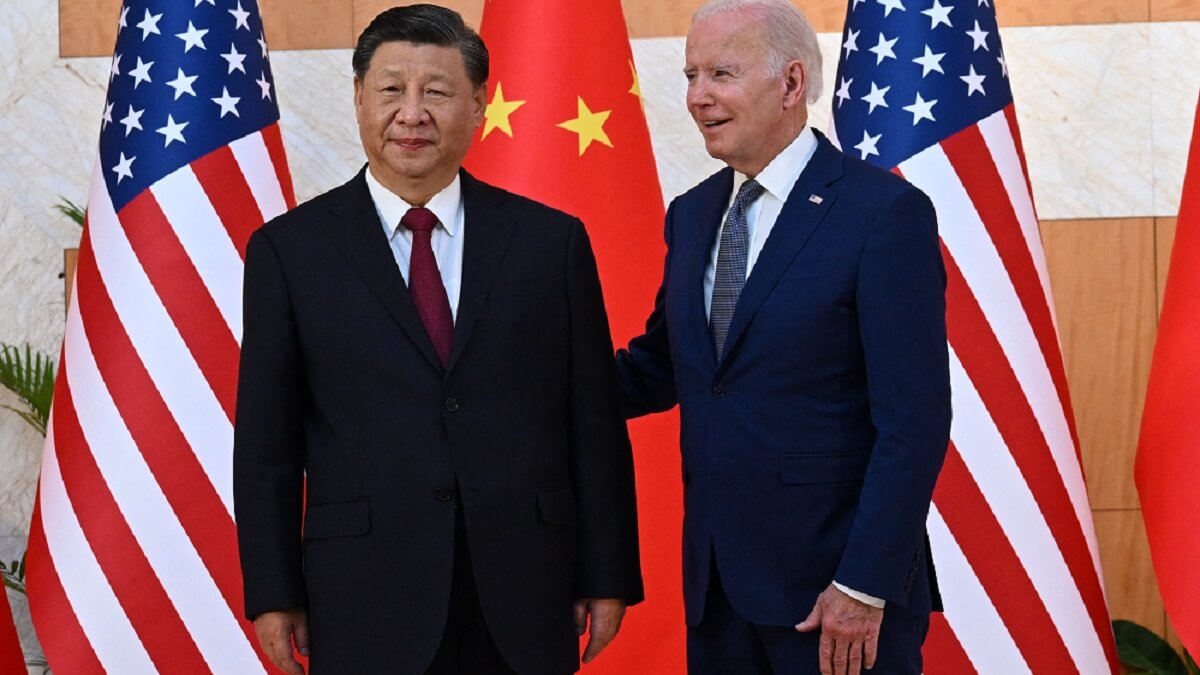
Strategically, the US aims to implement an ‘Asia-Pacific rebalance’ manoeuvre, reinforcing its strategic deployments on the frontline, and seeking to deepen its engagement on the South China Sea and Taiwan issues through comprehensive approaches, both multilaterally and unilaterally. The US is strengthening trade, defence, artificial intelligence and all-round cooperation with India through initiatives such as the ‘Indo-Pacific Economic Framework’ and the ‘US-India Joint Statement’ at the G20 in 2023, seeking to move closer to counterbalance China, as it is the real emerging power in the region, with enormous growth potential and resources that also views some of Beijing's initiatives, such as the ‘String of Pearls’, with suspicion. In addition, the fiasco of Russian materiel performance in Ukraine has caused India to rethink its defence procurement and is turning to Western markets. The US objective is none other than to make India a strategic enclave for its naval assets in the region. Politically, the US is intensifying its presence around China, forming ‘alliances of value’ and, according to Chinese officials, refusing to recognise its unique democratic system. China, from its own particular point of view, also feels threatened or militarily surrounded by the alliances established by the United States, without realising that its expansionist development in the South China Sea, taking control of areas without respecting international legality and applying the law of the strongest, is seen by the countries of the region and by Washington as a threatening expansionist attitude. Economically, the United States is doing everything possible to limit China's competitiveness by increasing the costs of its development and trying to take advantage of China's handicap of scarce natural resources in its territory.
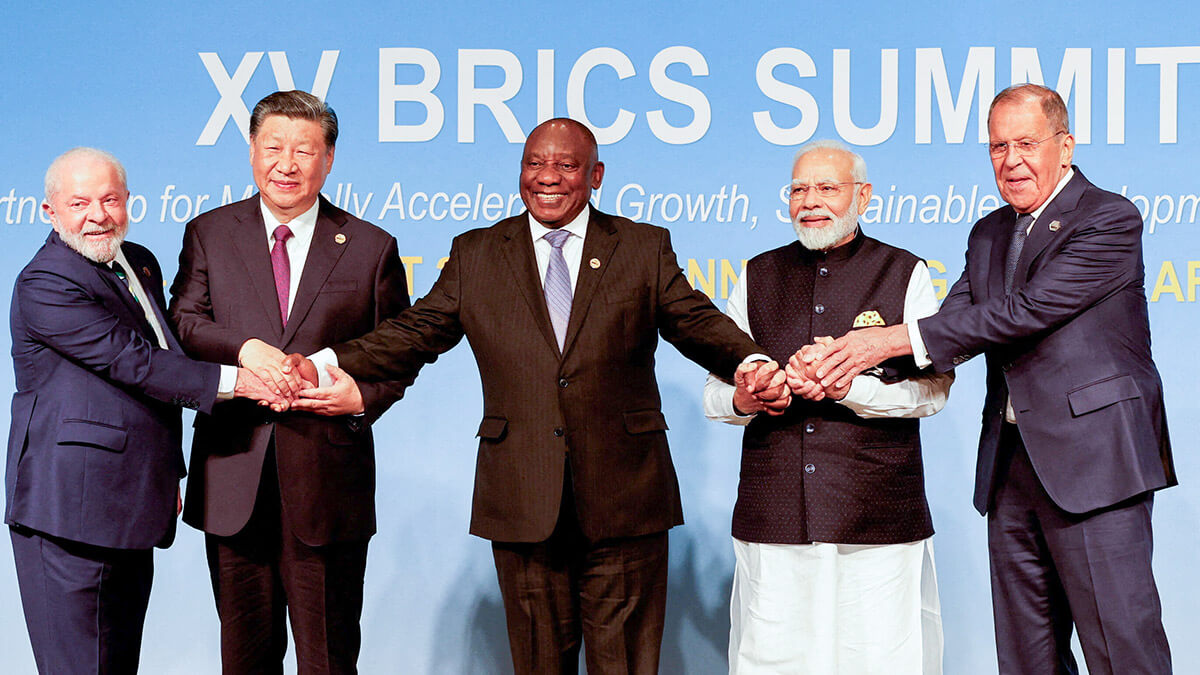
This stiff competition has also spilled over into technological development. Both the West and the US have become too dependent on products developed and manufactured in the Asian giant, mainly because of its clever low-price policy. This has led to a major relocation of production sites, which in the current context, with emerging tensions, becomes a problem. And to add to the vicious circle of affronts, attempts to regain some sovereignty in this area are seen by China as hostile actions. To all this must be added the more than well-founded suspicions of China's use of certain high-tech items or products that it exports around the world to obtain information. The case of the well-known DJ MAVIC drones is one of the most glaring examples.

And in all this uncertain panorama, we have one actor, which we have already mentioned and which will be the subject of a more detailed study, but which has made the headlines these days with actions whose significance is very important. We are referring to India. Little is said about this vast country, which is the real counterweight to China in the region and which, although it is a member of the BRICS and has always shown itself to be closer to Russia's positions, has recently been sending clear messages of a change of position. Prime Minister Modi's visit to both Poland and Ukraine is a clear example of this. It is true that even in his statements he tries to maintain a certain ambiguity and refrains from expressly condemning the Russian invasion. However, we must look beyond this. India knows that, one way or another and however the conflict in Ukraine ends, Russia will be greatly weakened and will no longer be the power on which it could once have relied. And Modi is also aware that this weakening of Russia will have as a first consequence a strengthening of China, which is its great rival. For this reason, we must be very attentive to the Asian country's movements, because it has embarked on a course of rapprochement with the West in all areas, something that could undoubtedly be very beneficial for everyone and that could contribute to bringing a little more stability to an area that is on its way to becoming one of the main geopolitical scenarios in the coming decades.


